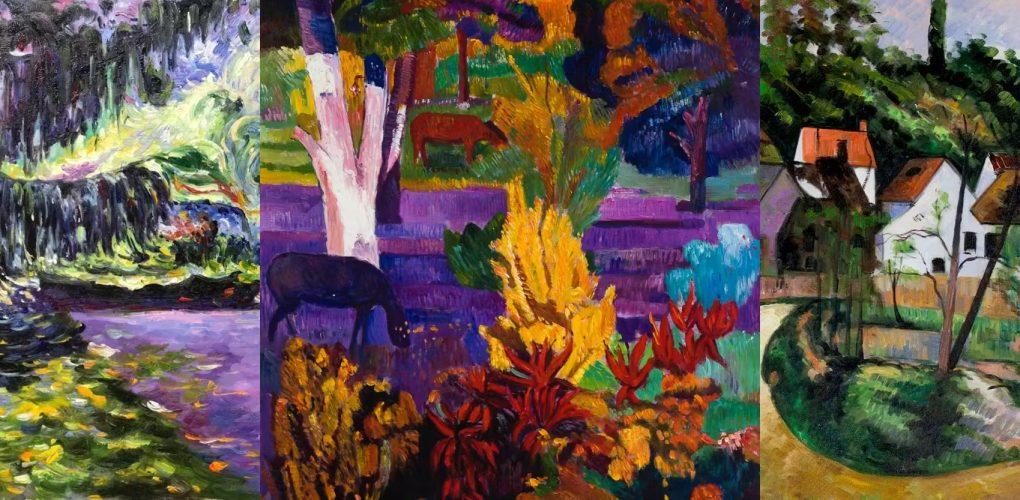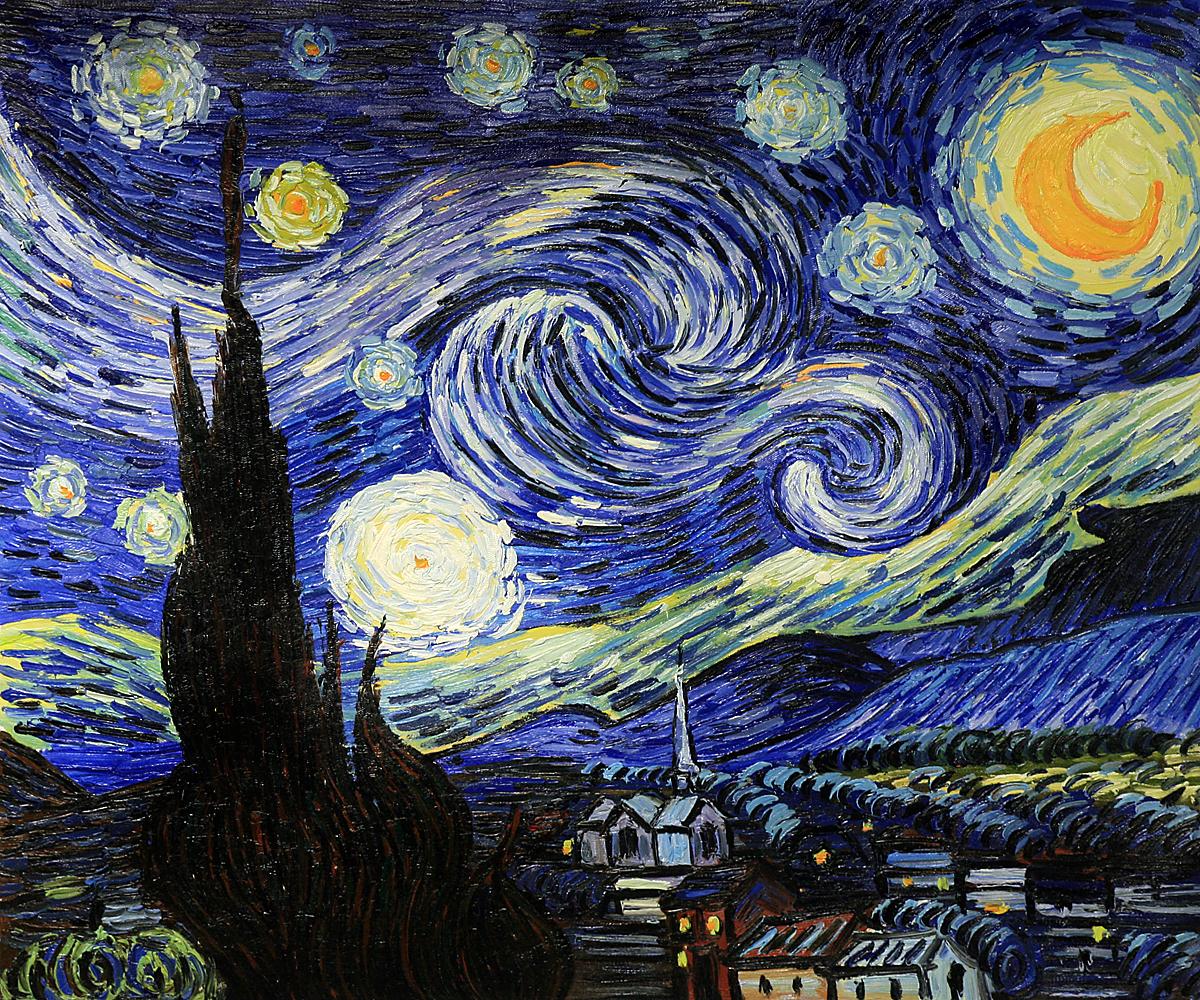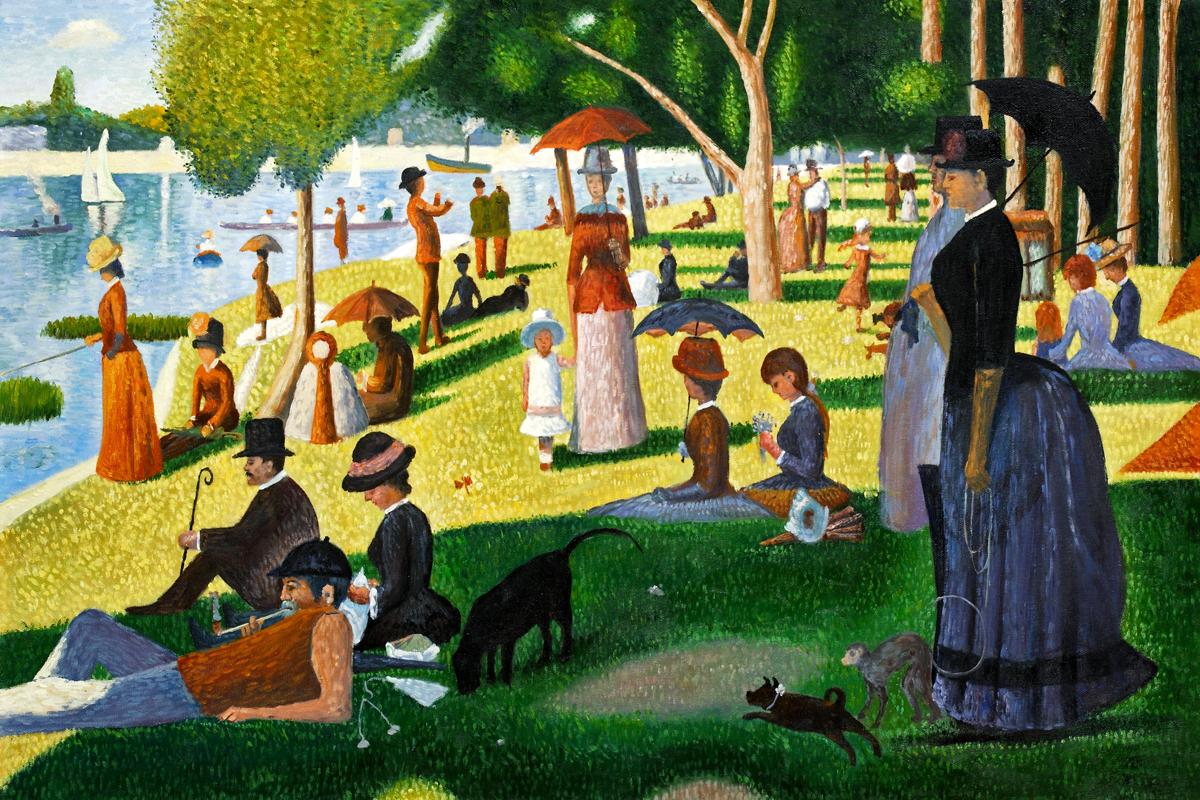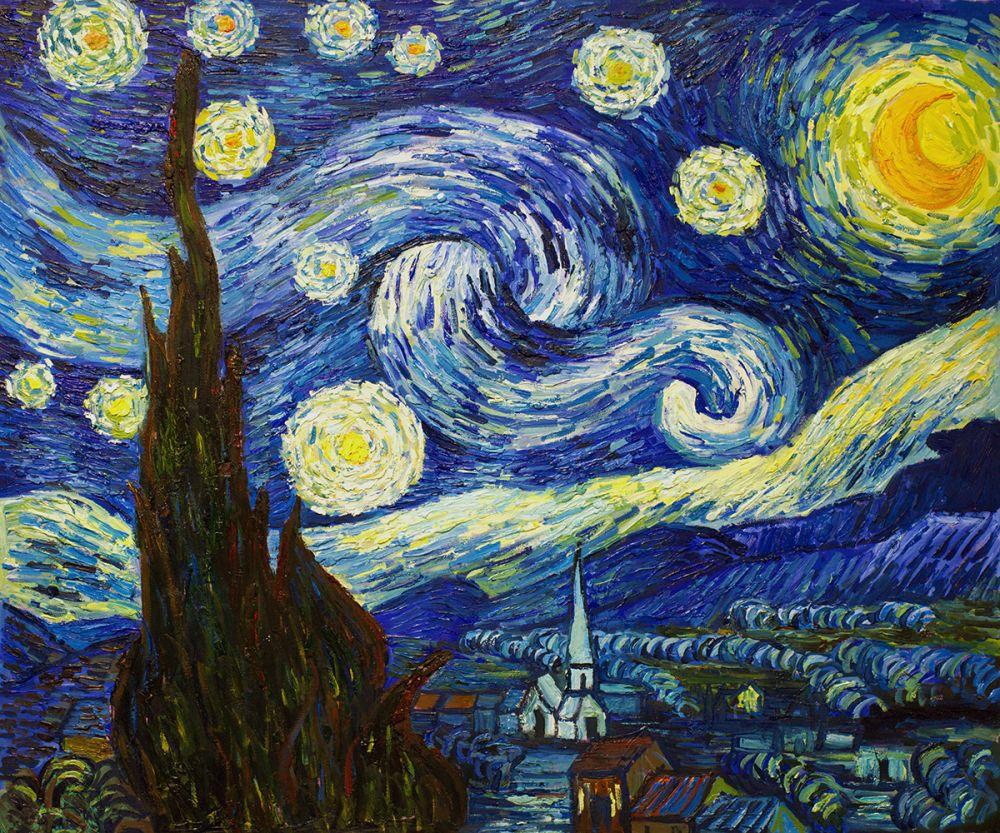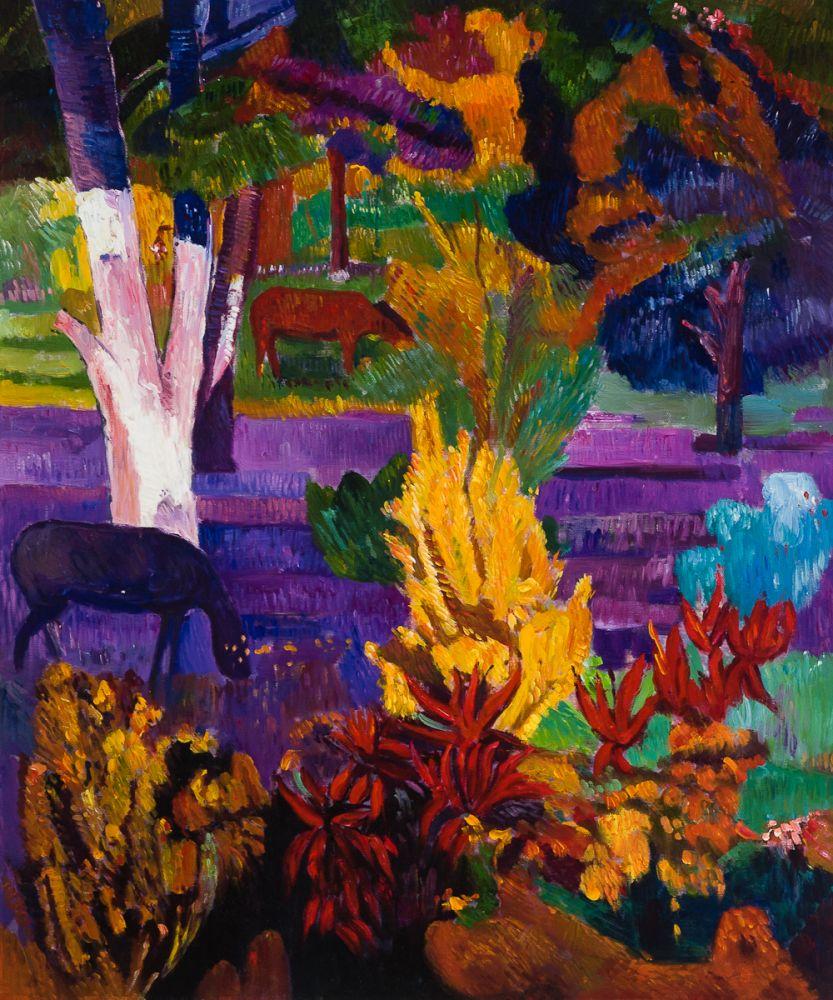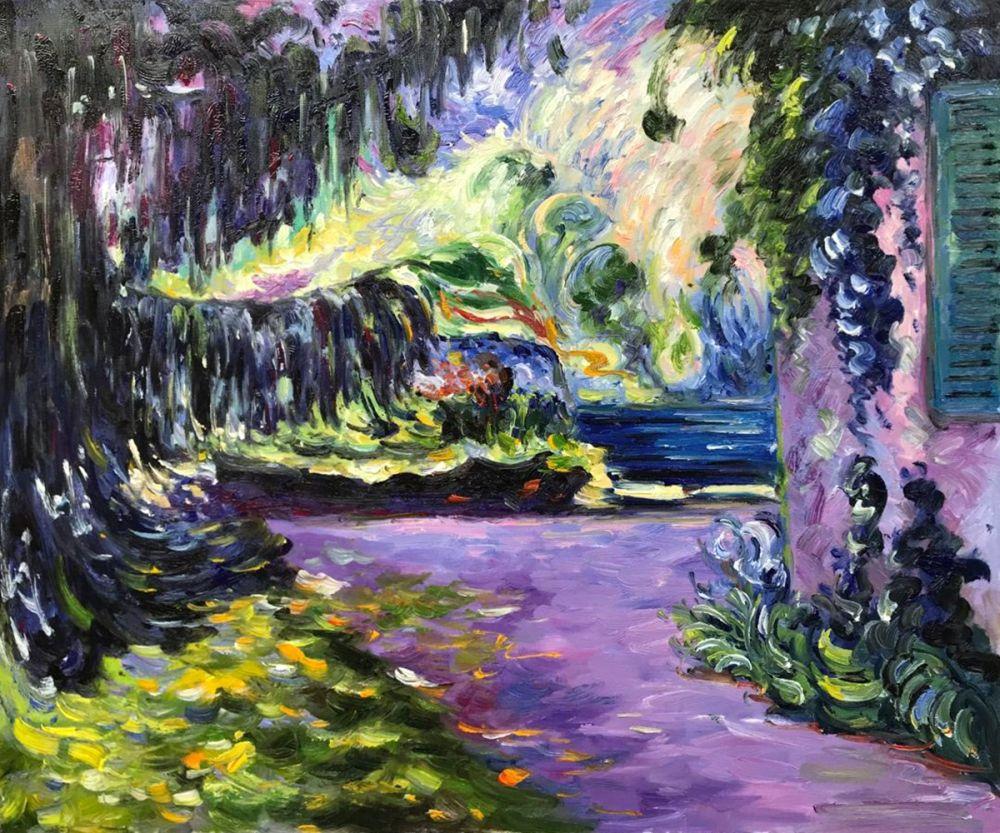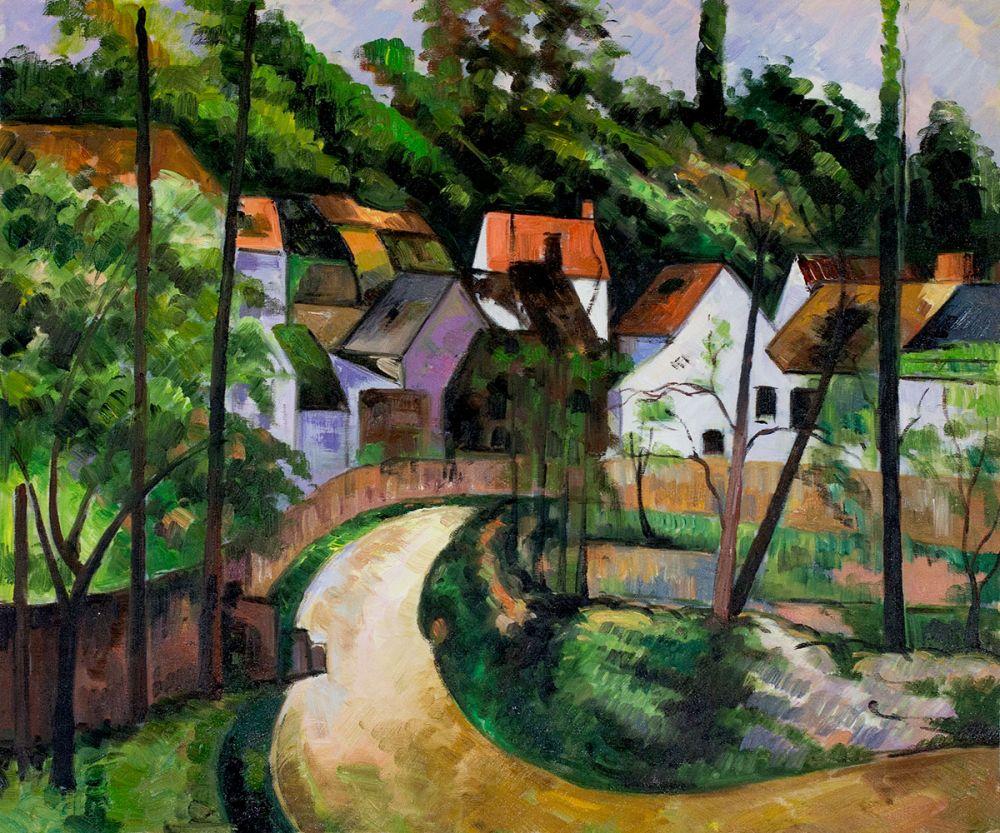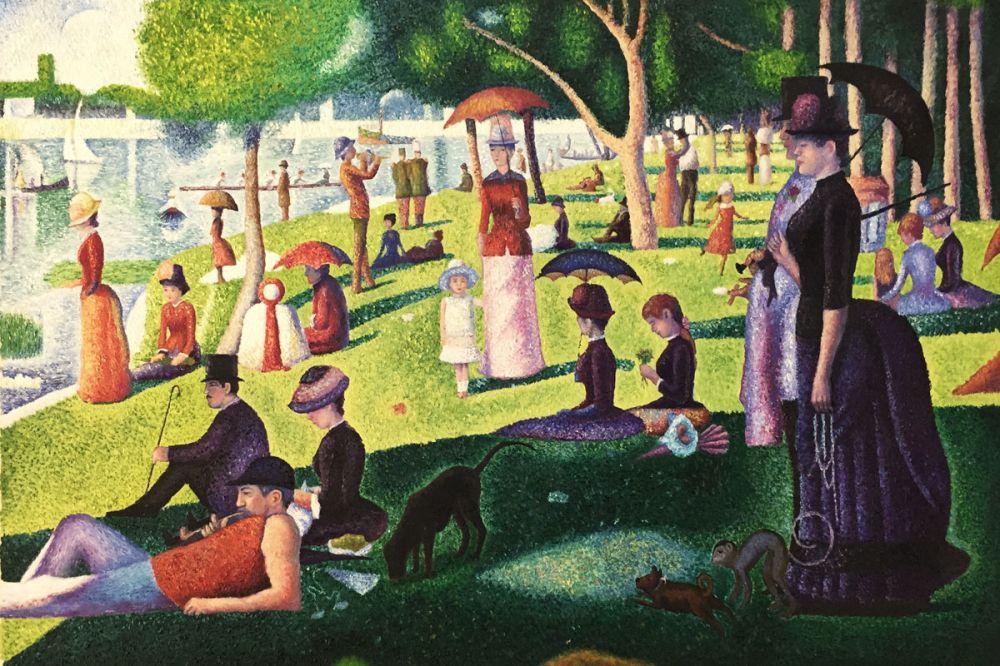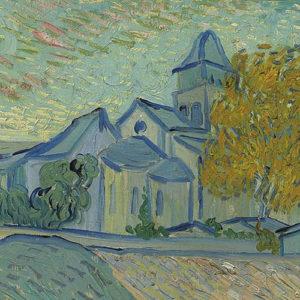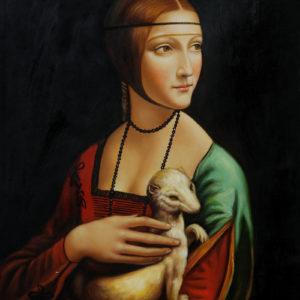Art
Art Travel Guide
Art World News
From Impressionism to Post-Impressionism: Turning Up Artistic Expression, Now on Display at the Louvre Abu Dhabi
In the late 19th century, art was experiencing a revolution. Impressionism had brought fresh techniques to the world, capturing light, movement, and fleeting moments with a dreamy, almost ethereal brushstroke. But for a group of restless artists, that was not quite enough. They wanted art that not only showed the world but also said something about it. These artists took Impressionism’s vibrant colors and fluid techniques and cranked up the personality. Enter Post-Impressionism, where emotional depth, symbolism, and imagination became the stars of the canvas.
Breaking Away from the Rules of Light and Color
Impressionists were masters of capturing light and the transient beauty of the natural world. But Post-Impressionists wanted their art to say something more, to communicate an inner experience rather than just the fleeting moments Impressionism sought to capture. They wanted to explore complex emotions, evoke moods, and even challenge viewers to see life beyond what was simply visible. Artists like Vincent van Gogh and Paul Gauguin began to emphasize bold colors and expressive lines, focusing less on the physical world and more on the emotional impact of each stroke.
Van Gogh’s Starry Night is a prime example; it’s not just a picturesque view of a nighttime sky. Instead, it’s a turbulent, vivid portrayal of his inner life, with swirling stars and expressive, almost violent, colors that leave a lasting impression of both beauty and unrest. The painting captures an emotional landscape that resonates deeply with viewers, making it an iconic piece of Post-Impressionism.
Pushing Boundaries: Subjectivity Takes the Stage
Where Impressionism celebrated spontaneity and objective observation, Post-Impressionism embraced subjectivity. This period introduced personal and even abstract interpretations of everyday life, infusing art with an emotional charge that hadn’t been seen before. Take Gauguin’s Marquesan Landscape with Horses (1901), for example. This work infuses traditional landscape painting with a mix of mysticism and personal perspective. The bold colors and simplified forms reflect Gauguin’s experiences in the South Pacific, conveying a sense of cultural exploration and emotional depth.
Each brushstroke in these works speaks of the artist’s view and subjective experience, inviting the audience to dive into the unique emotional landscape each artist offers. This marked a turning point where artists no longer felt confined to mere representations but were liberated to convey personal truths.
The Birth of New Styles: From Pointillism to Symbolism
Post-Impressionism wasn’t a single, unified movement but a fusion of styles, each pushing the boundaries of traditional art in its own way. Georges Seurat, for instance, developed Pointillism, where tiny dots of color, meticulously placed side by side, create dynamic images when viewed from afar. In A Sunday Afternoon on the Island of La Grande Jatte, Seurat’s dots come together to form a vibrant scene that captures light and color in a way that feels alive and animated.
Meanwhile, Pierre Bonnard’s The Garden in the Shade showcases his unique approach to color and light, creating an intimate, sun-dappled space that draws the viewer into a serene, personal moment. Bonnard’s use of rich, warm colors and soft brushwork invites an emotional connection, reinforcing the Post-Impressionist focus on subjective experience.
Paul Cézanne also made significant contributions to this period. In Turn in the Road, Cézanne’s unique approach reduces nature to simple geometric shapes, emphasizing the structure of the landscape while still allowing for a personal interpretation of the scene. His work highlights the beauty of everyday moments, presenting a reality that is both familiar and profoundly individual.
A Legacy of Boldness and Experimentation
Post-Impressionism set the stage for countless future art movements by freeing artists from tradition and encouraging self-expression. With this movement, artists began to paint not only what they saw but also what they felt and imagined. From surreal dreamscapes to daring color combinations, Post-Impressionism inspired artists to make their work a deeply personal, individualistic expression.
In many ways, Post-Impressionism was a love letter to personality in art, encouraging artists and viewers alike to find meaning and emotion in every brushstroke. So the next time you find yourself lost in a Van Gogh, a Gauguin, a Bonnard, or a Cézanne, remember: you’re not just looking at a painting – you’re experiencing the essence of an era where personality took center stage.
If this journey through Post-Impressionism has sparked your curiosity, and if you’re in the area, don’t miss the Post-Impressionism: Beyond Appearances exhibition at the Louvre Abu Dhabi. Opened last week, this immersive collection delves into the rich layers of Post-Impressionist art, running until January 2025. It’s an exceptional opportunity to see these masterpieces up close and explore the bold individuality that defines this movement.
Save the date: October 16, 2024!
Experience the groundbreaking "Post Impressionism – Beyond Appearances" exhibition at #LouvreAbuDhabi. Dive into the vibrant colors and innovative techniques that transformed the art world. pic.twitter.com/iKvHTkjnwW— Louvre Abu Dhabi (@LouvreAbuDhabi) October 14, 2024
